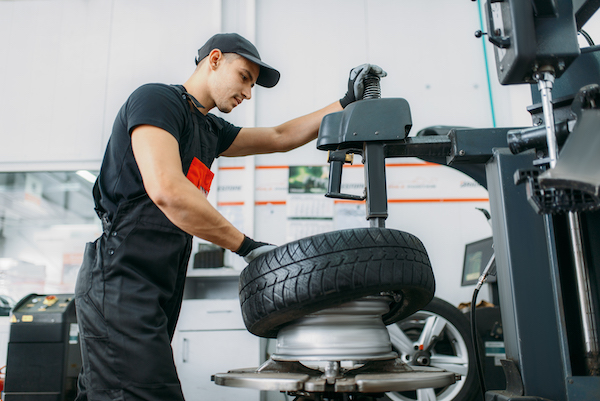Enjoy Big Cost Savings on Discount Tires Morris IL: Shop Now for Deals
Enjoy Big Cost Savings on Discount Tires Morris IL: Shop Now for Deals
Blog Article
Tire Service: Understanding Tire Stress Monitoring Systems
Recognizing Tire Pressure Tracking Systems (TPMS) is a critical facet of maintaining optimal lorry performance and security on the roadway. With developments in auto innovation, TPMS has actually become a common attribute in modern-day lorries, offering real-time info on tire stress levels.

Significance of TPMS
The importance of Tire Stress Surveillance Systems (TPMS) lies in their capability to boost vehicle security and efficiency via real-time monitoring of tire pressure levels. Preserving the proper tire stress is vital for ensuring optimal handling, braking, and general safety and security of a vehicle. TPMS offers motorists with instant responses on any underinflated or overinflated tires, permitting prompt changes to be made.
Components of TPMS
Consisting of different important elements, a Tire Stress Tracking System (TPMS) functions as an innovative security feature in modern-day cars. The main elements of a TPMS consist of sensors, a control component, and a warning indication. Sensors are generally situated in the tire valve stem or affixed to the wheel assembly, where they gauge tire pressure and transfer data to the control component. If it finds significantly reduced pressure in any of the tires, the control component processes this info and triggers a warning. The caution sign, usually a symbol on the control panel, signals the chauffeur to inspect the damaged tire or tires. Some advanced TPMS designs additionally display the actual tire pressure analyses for every tire, supplying vehicle drivers with real-time information to make sure optimum tire performance and safety. By checking tire pressure continuously, TPMS assists stop crashes, lowers tire wear, and improves fuel effectiveness, making it a vital part for vehicle safety and performance.
Kinds Of TPMS

On the various other hand, indirect TPMS depends on the lorry's wheel speed sensing units to keep track of tire stress. This system discovers underinflation by comparing the rotational speeds of the wheels. Indirect TPMS is much less costly than direct this post TPMS, as it utilizes existing sensors within the vehicle.
While straight TPMS supplies extra accurate readings, indirect TPMS is less complex in layout and generally needs much less maintenance. Both systems have their limitations and advantages, and the selection in between them typically relies on factors such as expense, automobile make, and individual preference. Comprehending the distinctions in between these two types of TPMS can assist lorry owners make informed decisions pertaining click to read to tire maintenance and security.
TPMS Upkeep Tips
Conduct routine checks on the tire stress degrees and compare them with the TPMS analyses to ensure they are constant. During tire rotation or substitute, make sure that the TPMS parts are managed thoroughly to protect against any possible damages. If the TPMS cautioning light illuminates on the dashboard, attend to the issue immediately by checking the tire pressures and the general system for any faults.
Advantages of Proper Tire Pressure
Keeping correct tire pressure, as stressed in TPMS Maintenance Tips, is vital for enjoying the various advantages connected with optimal tire pressure degrees. Furthermore, proper tire stress makes sure even tire wear, extending the life expectancy of the tires and advertising much safer driving conditions. In verdict, the benefits of correct tire stress go beyond simply tire durability; they incorporate enhanced fuel efficiency, boosted security, better automobile performance, and total driving comfort.
Conclusion
Finally, understanding tire stress monitoring systems (TPMS) is critical for preserving optimal tire stress and guaranteeing lorry security. By identifying the significance of TPMS, knowing with its parts, knowing the various kinds available, adhering to proper upkeep tips, and recognizing the advantages of maintaining appropriate tire stress, vehicle drivers can improve their driving experience and extend the lifespan of their tires. Proper tire stress is vital to reliable and secure vehicle operation.

Report this page